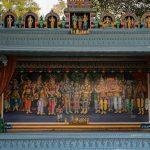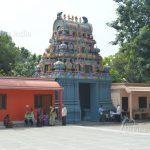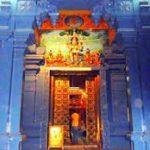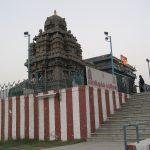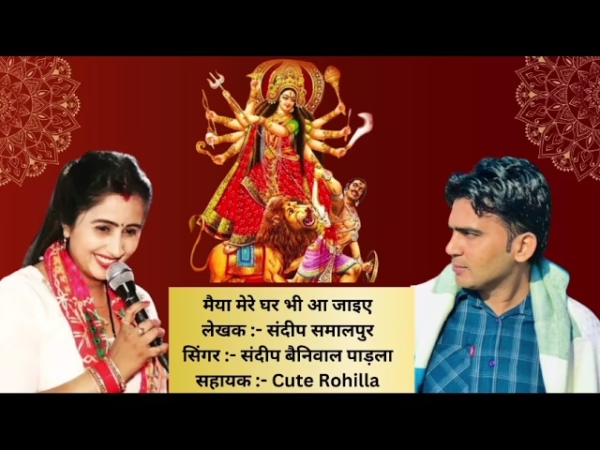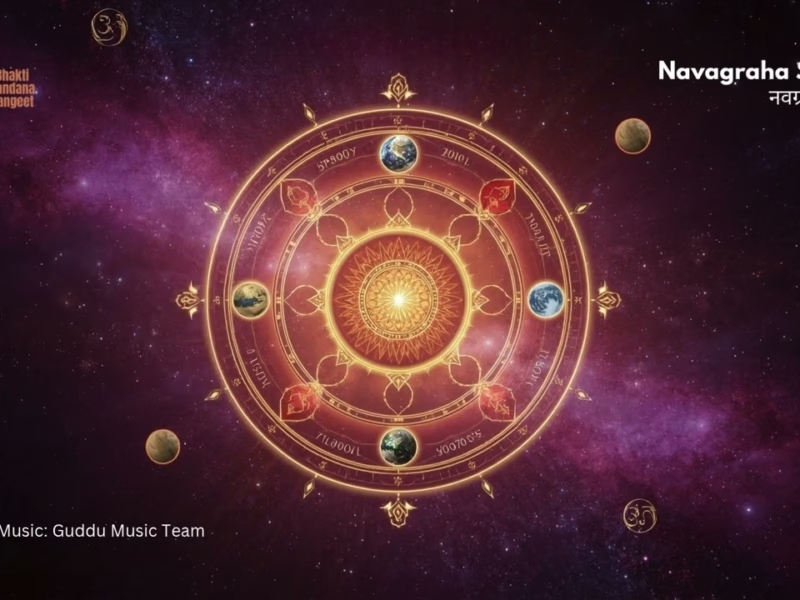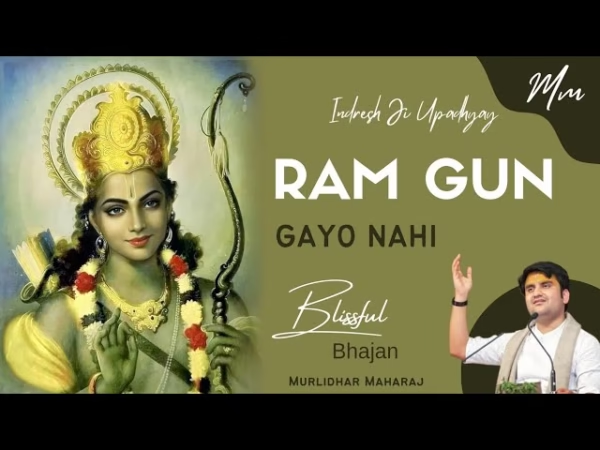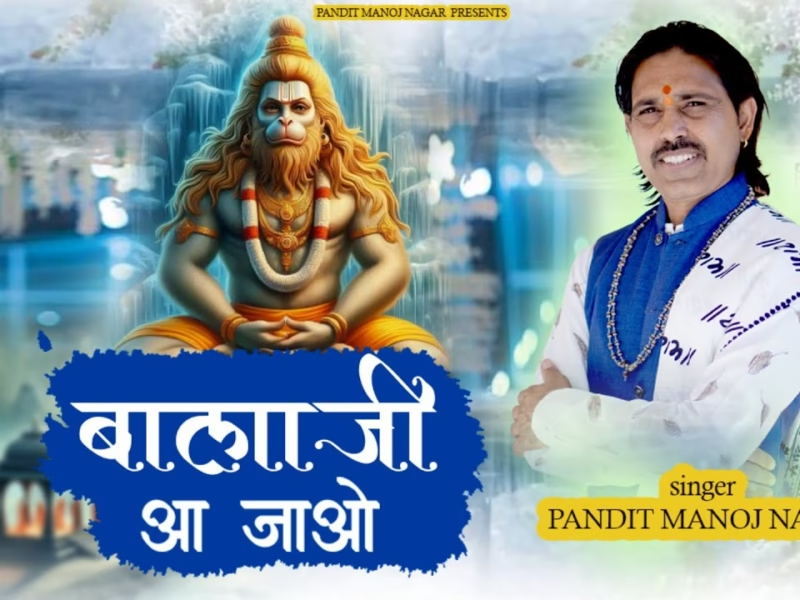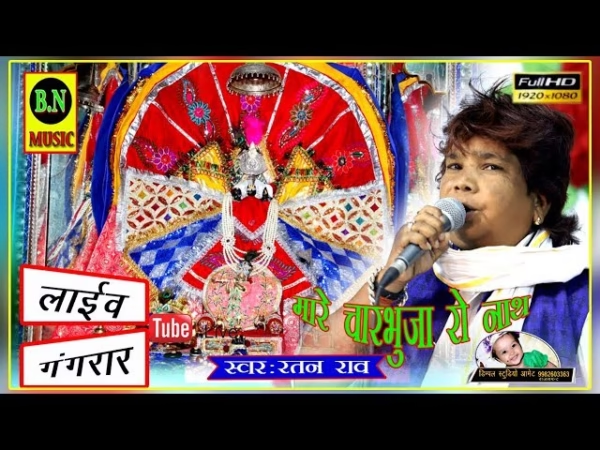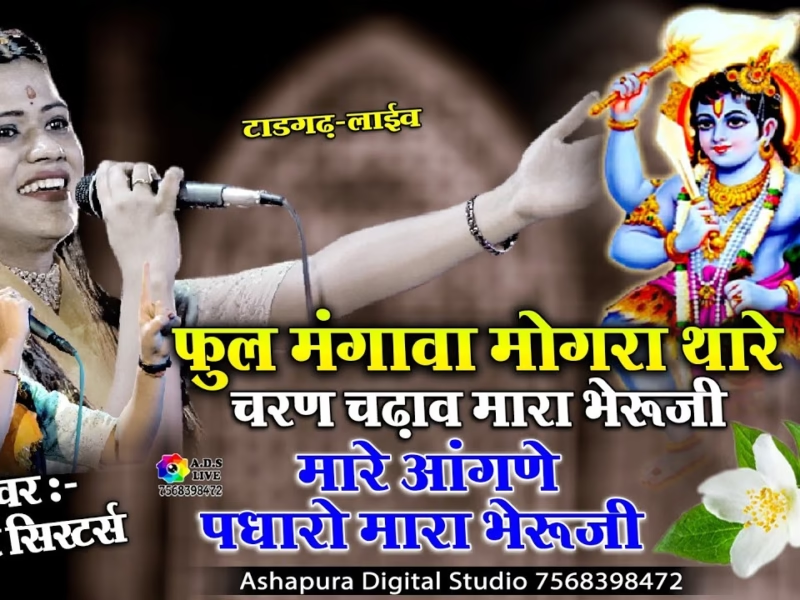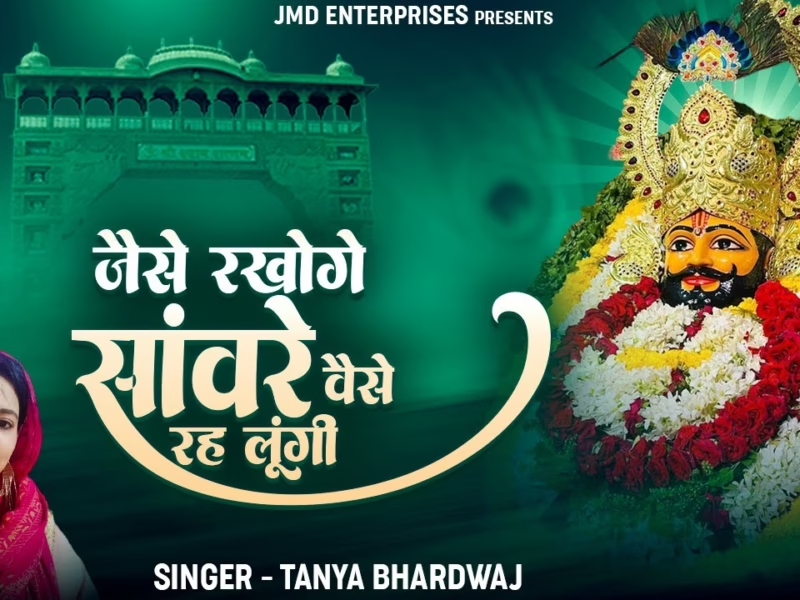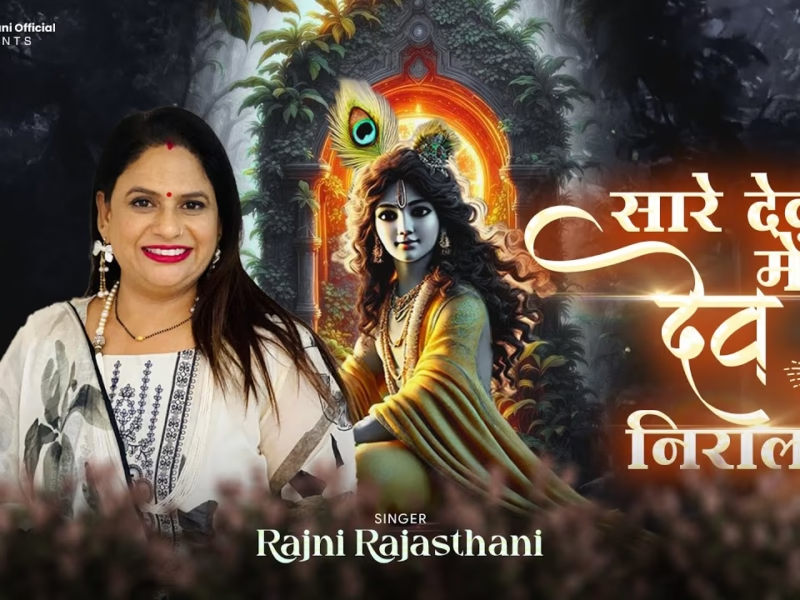Uttara Swami Malai Temple, New Delhi
| Date built: | 7 June 1973 |
|---|---|
| Deity: | – |
| Architectural style: | – |
| Major festivals | – |
| Locale: | – |
| District:: | New Delhi |
| Address: | Palam Marg, Sector 7, RK Puram, New Delhi, Delhi 110022 |
| Phone | 01126175104 |
The temple complex reverentially named as “Malai Mandir” is a harmoniously blended Tamil Word “Malai” {Mountain/Hill) with the Hindi word “Mandir” {Temple}by the people of Delhi, with Sree Swaminatha Swami as the Presiding Deity, and has been attracting an increasing number of people of all classes of people from India and abroad year after year, and has become an important landmark of Delhi. This temple reflects the glory and grandeur of South Indian Temple Architecture at its best. .
The temple complex of the Presiding Deity was consecrated and the Maha Kumbhabhishekam was performed on the 7th of June, 1973. The temple of Sree Karpaga Vinayakar, Sree Sundareswarar and Devi Meenakshi were consecrated and the Maha Kumbhabhishekam performed on the 13th June 1990. The Navagraha Sannidhi along with a Sannidhi of Idumban was consecrated on the 7th of July, 1995. Sree Adi Sankara Hall was inaugurated on the 9th of November, 1997. The third Punarudharana,Ashtabhandhana,Swarna Rajathabhandana Mahakumbhabhishekam of the temple was performed on the 27th of June, 2001.
The year 2007 was unique in the annals of the Temple. An Eka Koti Archana was performed with all solemnity and intense devotion. One crore recitals of the sacred Namavalis of Lord Swaminatha Swami uttered in the sonorous and harmonious unison by twelve learned Sivacharyas continuously for 120 days, for the benefit of not only the participating devotees, but also to the people at large, the country and above all humanity as a whole. It is the earnest belief of the devotees that with the successful completion of the Eka Koti Archanas, the sanctity and dignity of the temple has increased manifold.
With the infinite Grace of Lord Swaminatha Swami, one is inclined to view the future progress of the Samaj in its services to the devotees with great expectations. It has embarked on the comprehensive Building Project trying to improve (a) a wide range of infrastructural facilities in the temple complex for the benefit of the devotees viz. a well equipped modern office, wider auditorium for the assembly of devotees, an additional kitchen and (b) extension of social welfare benefits to the employees, including provision of more number of residences and renovation with increase of living space of their existing residences. Provision has also been made for a library and a Veda Patasala for which attempts are being initiated to secure some additional allotment of land. This composite Building renovation and extension Project is expected to take about three years for its execution.
Architecture
The main temple within the complex, formally called Sree Swaminatha Swami Temple, houses the sanctum sanctorum of Lord Swaminatha. It is situated atop a small hillock in Sector-7 R.K. Puram and overlooking Vasant Vihar in South West Delhi. This is in keeping with the tradition of locating Murugan temples on hills. The sign outside the main temple is written in Tamil, proclaiming Lord Swaminatha’s motto, “Yaamirukka Bayamain” meaning “Why fear when I am there?”. The temple is built entirely of granite, and is reminiscent of the Chola style Tamil Architecture.
Besides the main Swaminatha Swami Temple, the complex contains temples dedicated to Sree Karpaga Vinayagar (elder brother of Lord Swaminatha), Sree Sundareswarar (father of Lord Swaminatha) and Devi Meenakshi (mother of Lord Swaminatha). These subsidiary temples draw inspiration from the Pandya style of Tamil Architecture, as can be seen at the historic Meenakshi Amman Temple in Madurai, Tamil Nadu.
In the Hindu religion, the peacock is considered Lord Swaminatha’s mount or vahana. Accordingly, the temple has adopted a peacock as its pet. This peacock can be seen and heard among the trees and foliage within the temple compound.People from various backgrounds visit the temple .
Legend / Local stories
Photo Gallery
How to Reach:
One can easily reach this temple by metro, nearest metro station is Vasant Vihar which is around 2 km away from there.
Contact Details
Official Address


